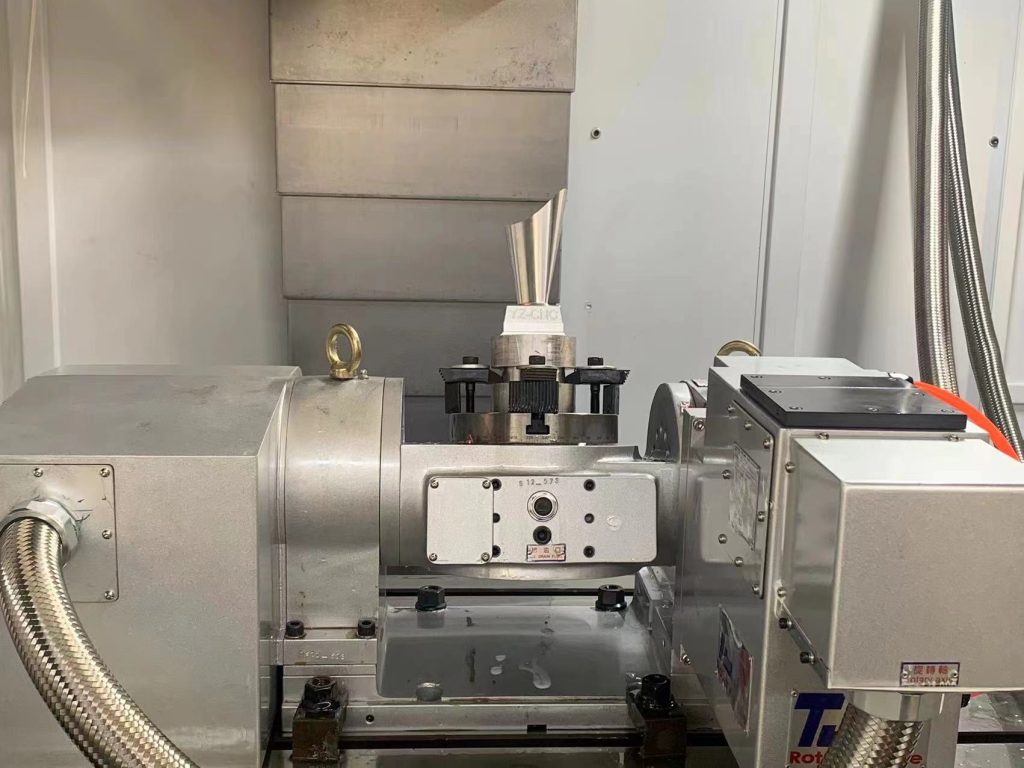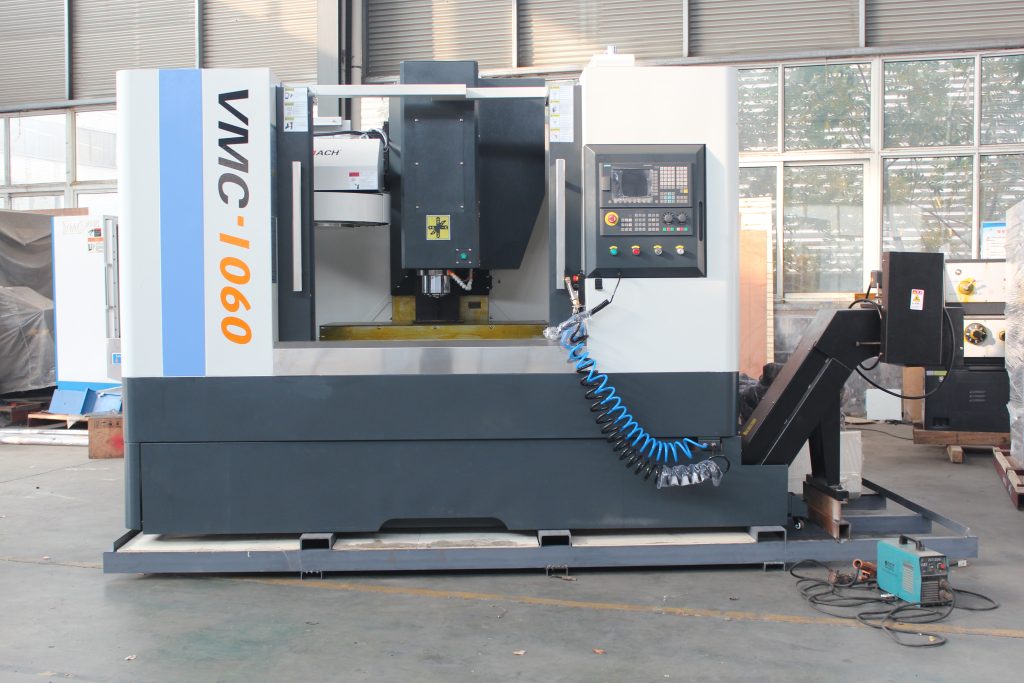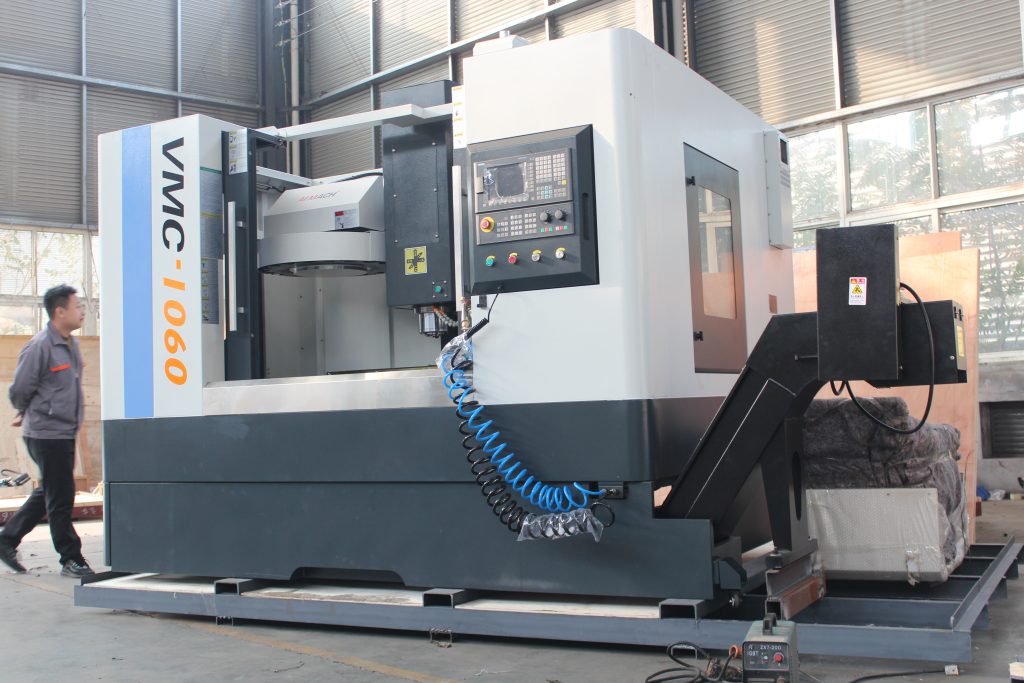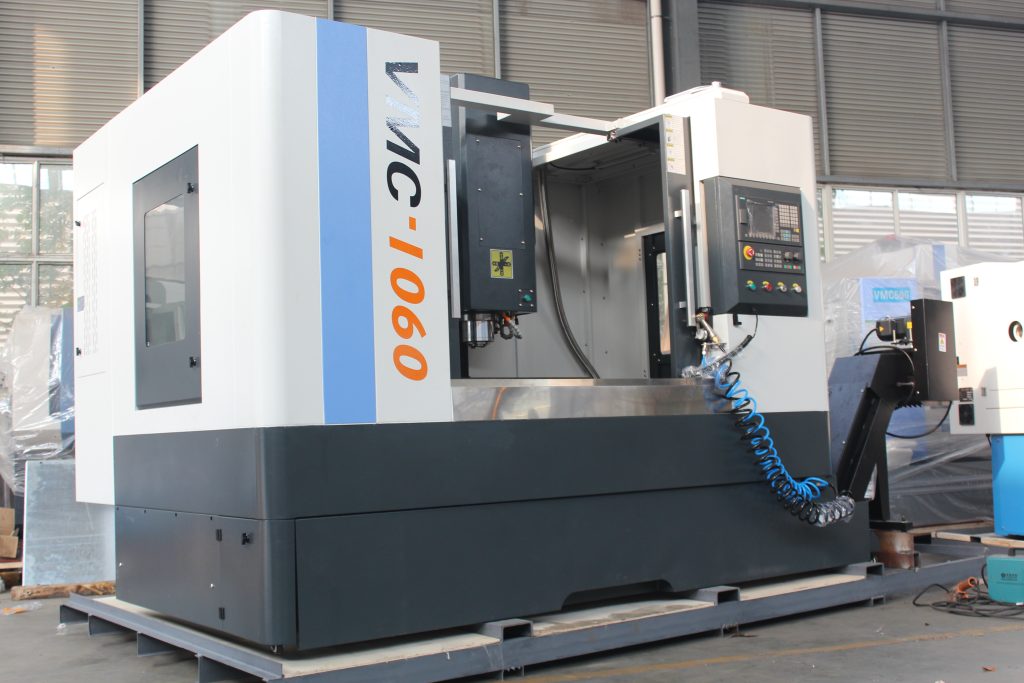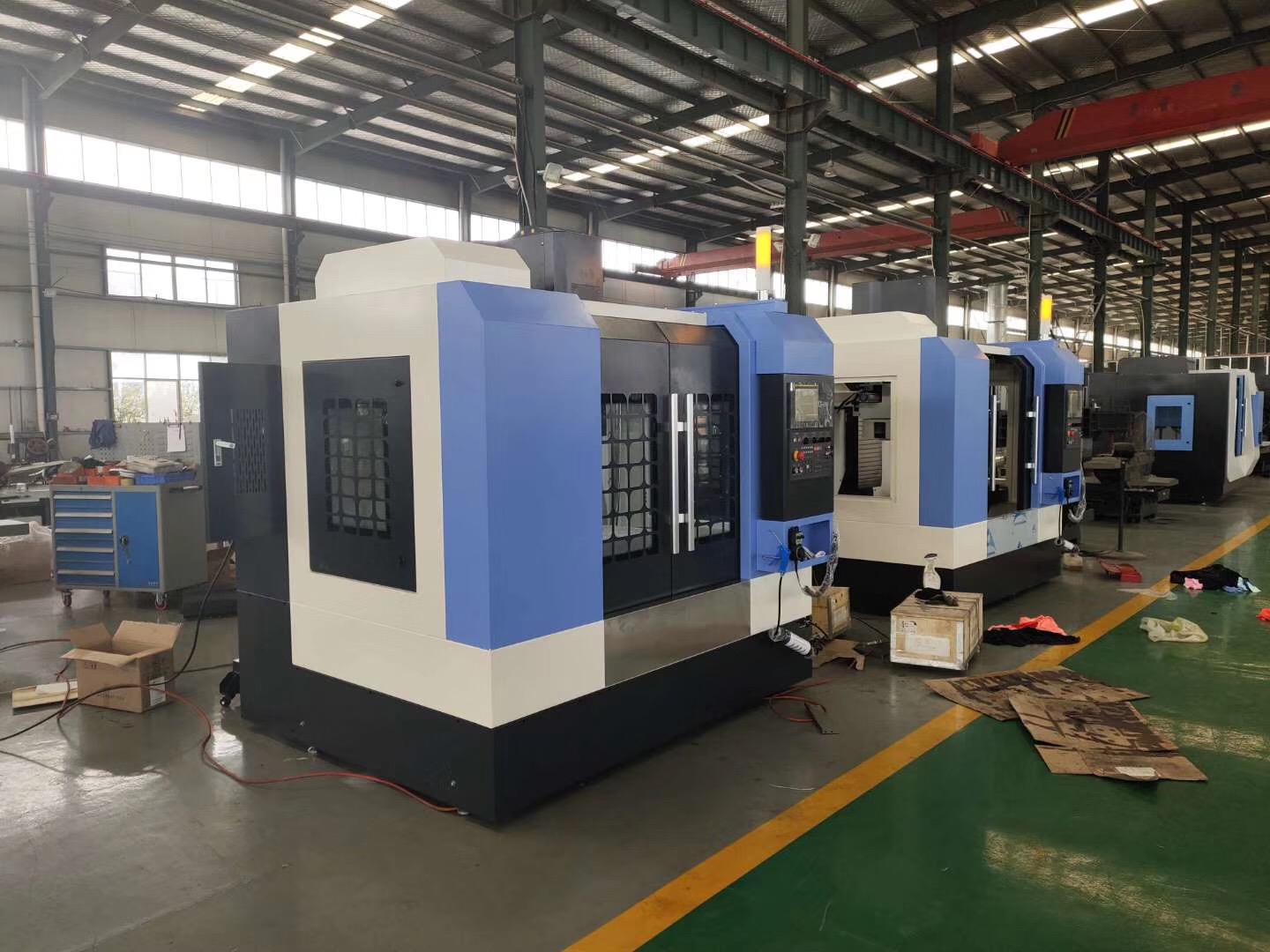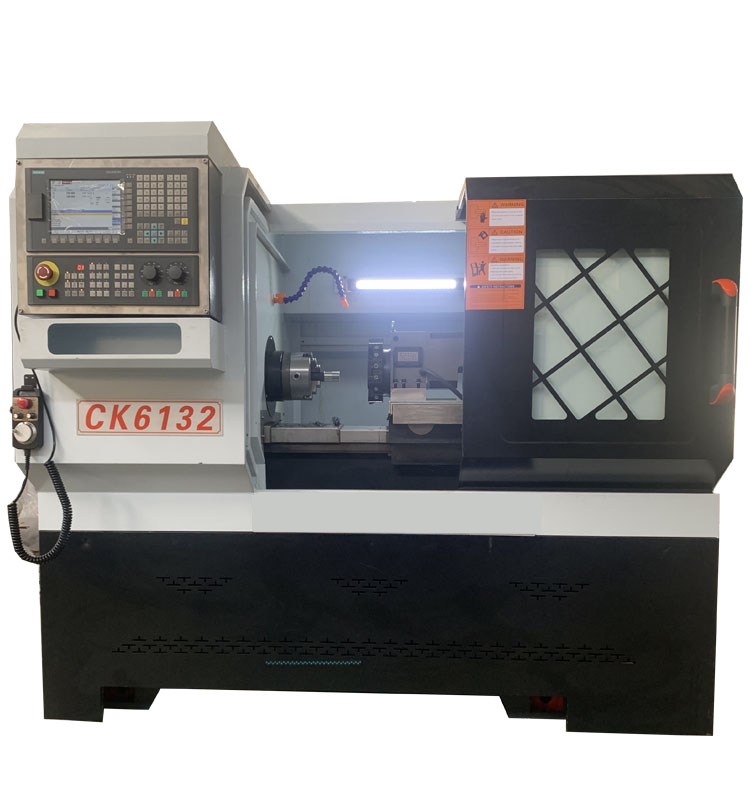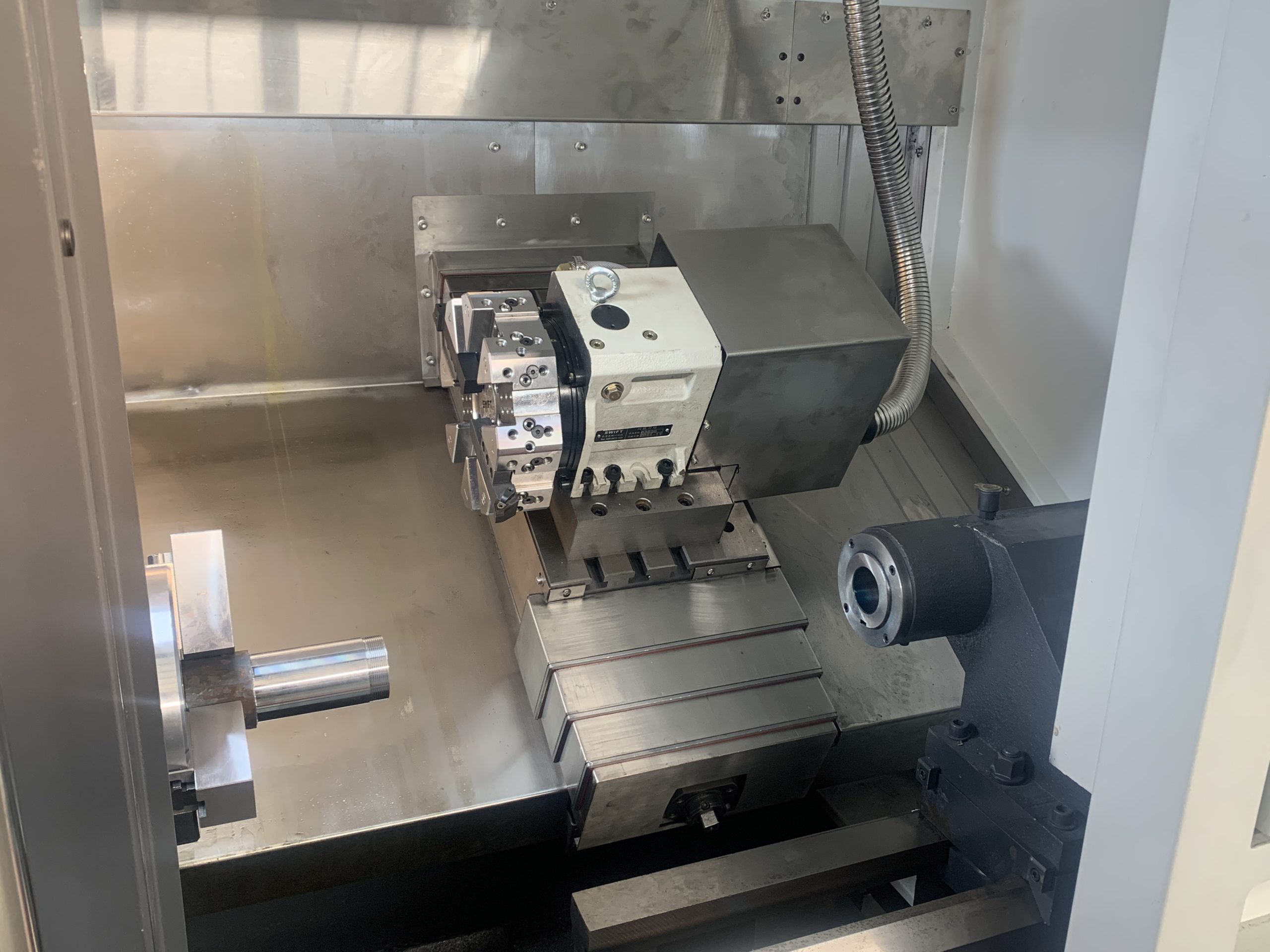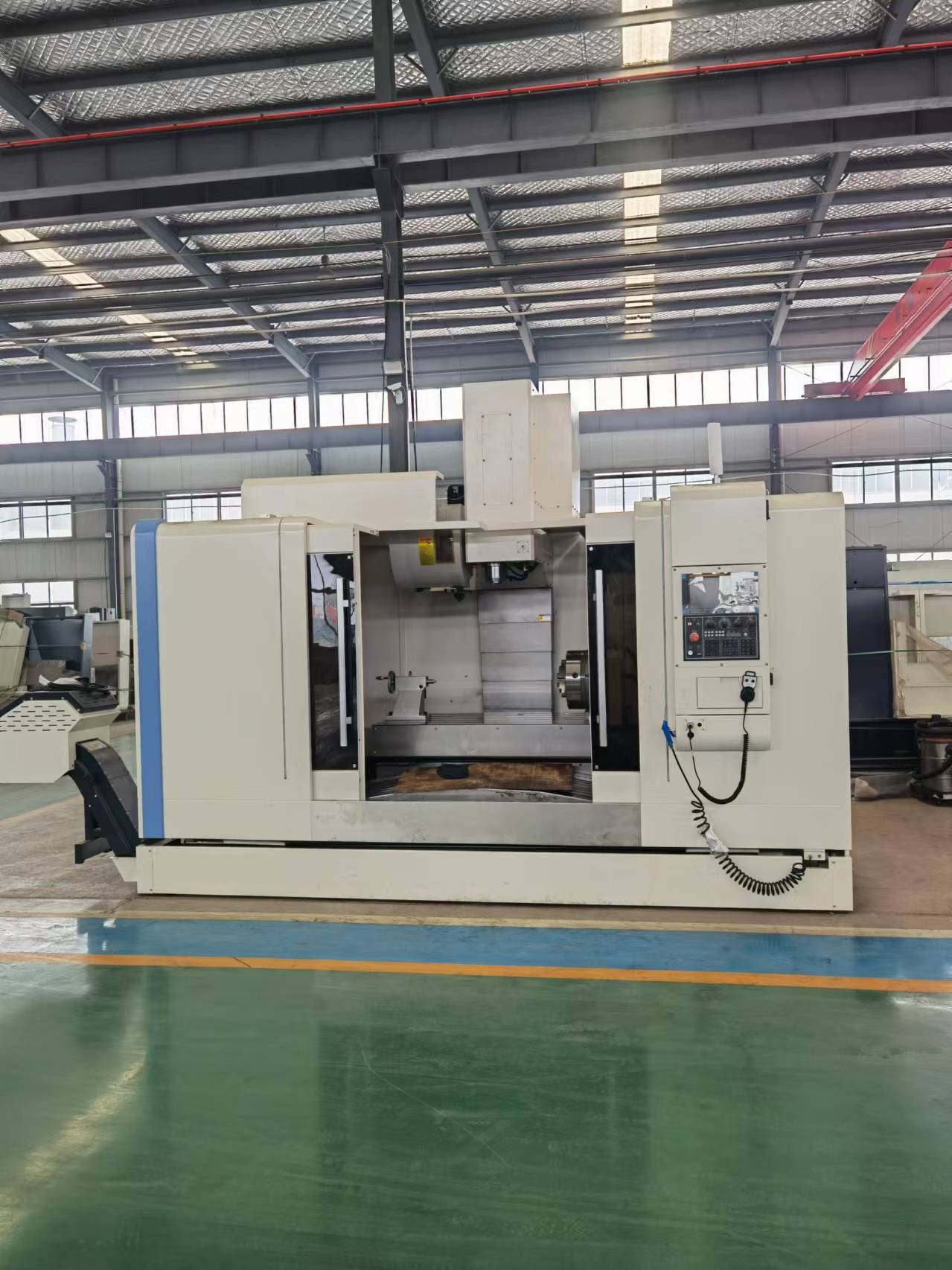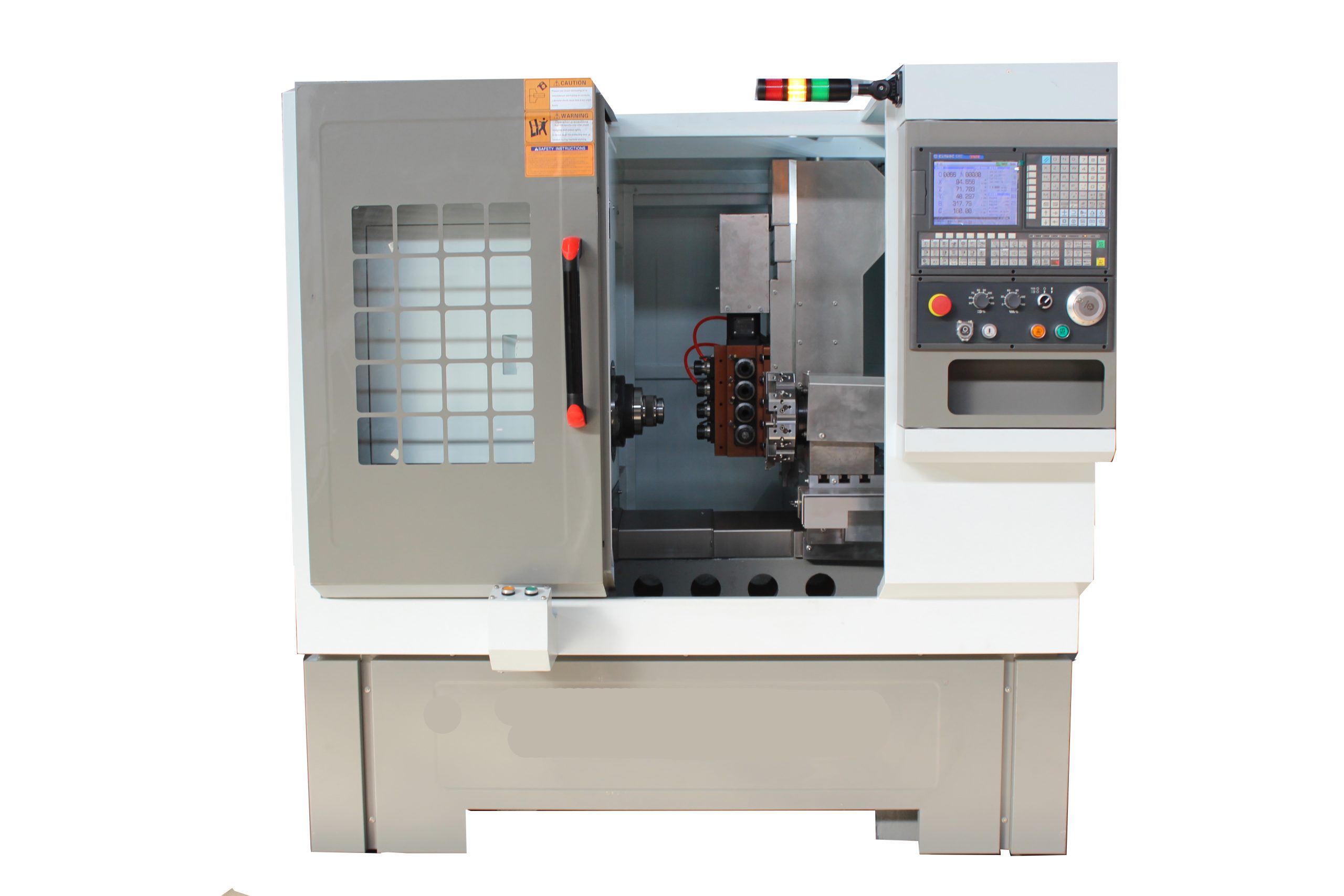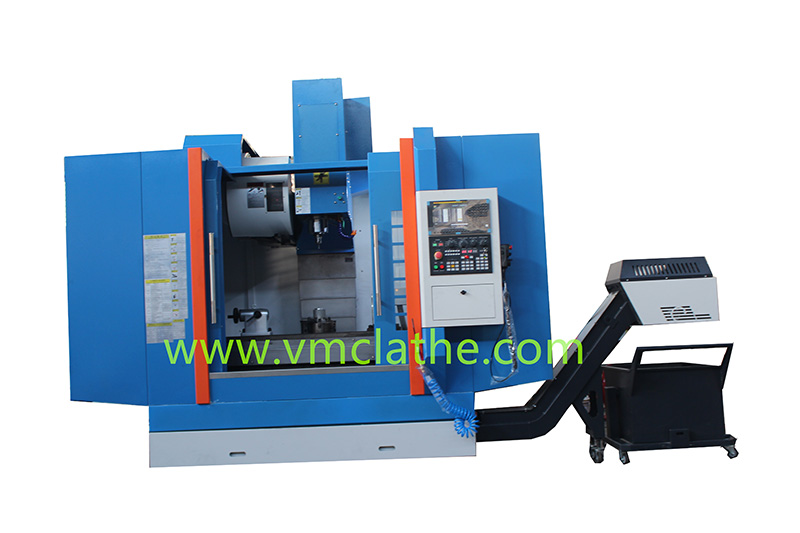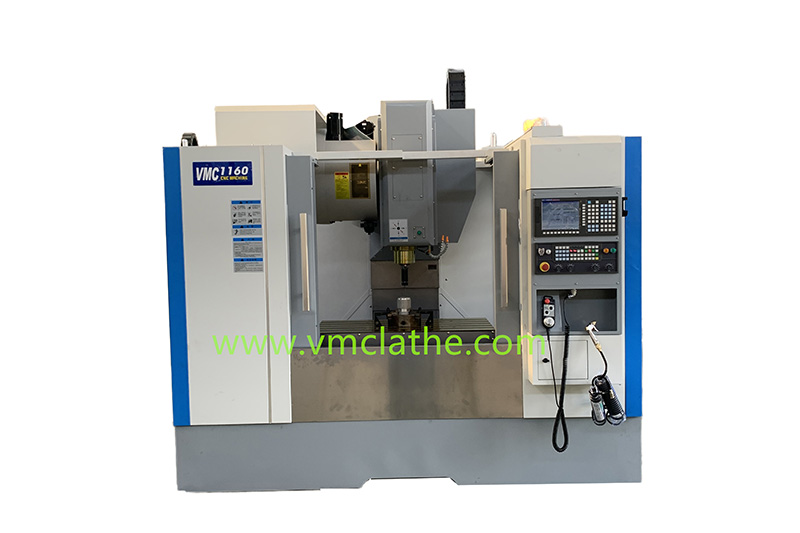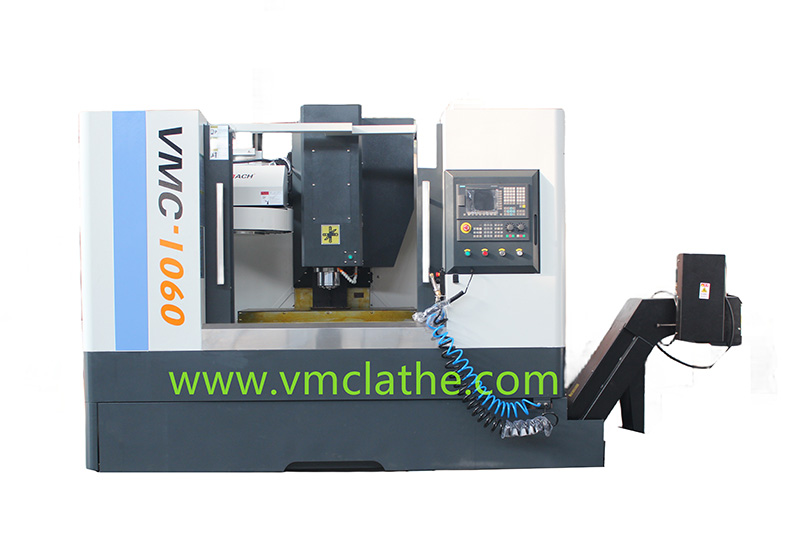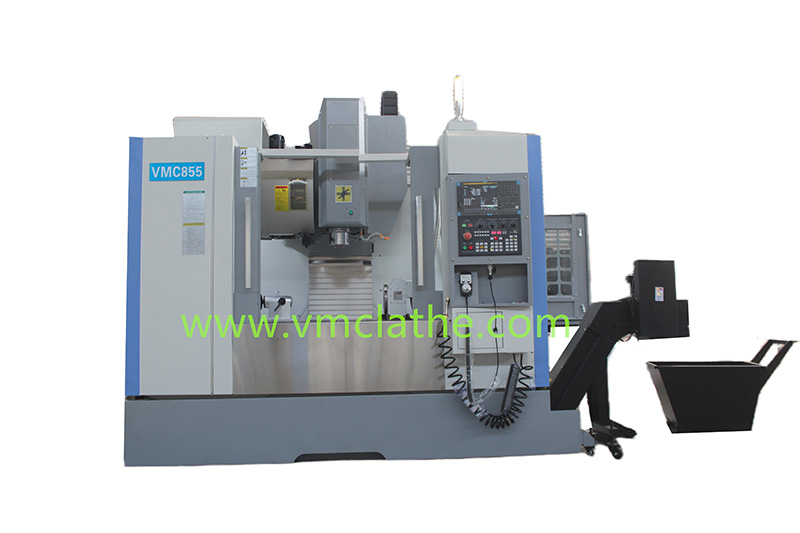The realization of five-axis linkage machining in CNC milling machine processing center mainly depends on its advanced mechanical structure and precise control of computer numerical control (CNC) system. The following are the key elements to achieve five-axis linkage machining:
1. Mechanical structure
The mechanical structure of the five-axis linkage machining center usually includes three linear coordinate axes (X, Y, Z) and two rotating coordinate axes (A, B or C).
1) Linear coordinate axes: X-axis, Y-axis and Z-axis represent the movement of the workpiece in the front and back, left and right, up and down directions, respectively, and are used to control the position of the workpiece in the plane and three-dimensional space.
2) Rotating coordinate axes: A-axis, B-axis or C-axis are used to control the rotation of the workpiece. A-axis usually rotates around the X-axis, B-axis rotates around the Y-axis, and C-axis rotates around the Z-axis, which can realize rotation processing in different directions.
2. Computer numerical control (CNC) system
The CNC system is the control core of the five-axis linkage machining center. It is responsible for receiving, processing and executing machining instructions to ensure that the five coordinate axes can move simultaneously, accurately and coordinated.
1) Interpolation operation: The CNC system decomposes complex curve or surface processing tasks into a series of simple linear or circular motion instructions through interpolation operation, thereby achieving precise processing of the workpiece.
2) Servo drive: The servo drive system receives instructions from the CNC system and drives the motor to make each coordinate axis move according to the predetermined trajectory and speed. The motion characteristics of the five-axis machine tool require the servo drive system to have good dynamic characteristics and a large speed regulation range.
3. Advantages of five-axis linkage processing
1) Improve processing quality and efficiency: Five-axis linkage processing can complete the processing of complex surfaces at one time, without multiple clamping and tool replacement, thereby improving processing quality and efficiency.
2) Expand the process range: Five-axis linkage processing can handle various complex geometric shapes, such as curved surfaces, inclined surfaces, grooves, etc., greatly expanding the processing range.
3) Reduce scrap rate and cost: Due to higher processing accuracy, the scrap rate is significantly reduced, while reducing manual operation and the use of fixtures, further reducing costs.
4. Key technologies for realizing five-axis linkage processing
1) Tool path planning: Tool path planning is one of the key technologies for realizing five-axis linkage processing. It needs to determine the tool’s motion trajectory and cutting parameters according to the shape, size and processing requirements of the workpiece.
2) RTCP function: RTCP (Rotational Tool Center Point) function is an important sign of achieving true five-axis linkage machining. It allows the tool to rotate around its center point during machining, thereby keeping the relative position between the tool and the workpiece unchanged, improving the accuracy and stability of machining.
5. Application Cases
In practical applications, five-axis linkage machining centers have been widely used in aerospace, automobile manufacturing, mold processing and other fields. For example, in automobile manufacturing, five-axis linkage machining centers can be used to process complex automotive parts such as engine cylinders, gearbox housings, etc. In mold processing, five-axis linkage machining centers can achieve precise processing of mold cavities and improve mold accuracy and life.
In summary, the realization of five-axis linkage machining by CNC milling machine machining centers requires advanced mechanical structures, precise CNC system control, and key tool path planning and RTCP function and other technical support. The comprehensive application of these technologies makes five-axis linkage machining centers play an increasingly important role in modern manufacturing.

